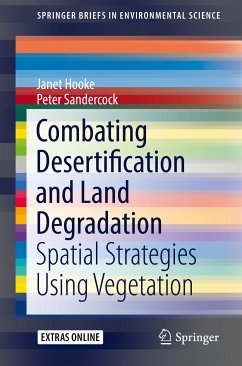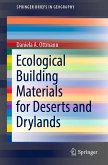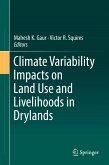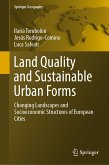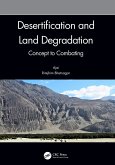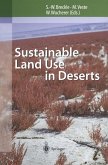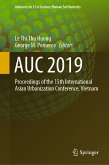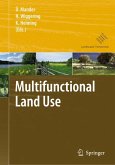This book reports an approach developed to research and apply methods of assessing patterns of processes in the landscape, and suitability of different types of vegetation to mitigate soil erosion and sediment flux. Practical guidelines on a spatially strategic approach to management of land degradation at a range of spatial scales were produced. Originally developed for the Mediterranean environment, it has much wider potential global application. It provides researchers with methods to acquire the knowledge necessary for such an approach and provides practitioners with guidance on implementation and benefits of targeted methods of soil erosion control. It includes substantial information about processes and vegetation in the Mediterranean environment and the species effectiveness in soil erosion control.
Dieser Download kann aus rechtlichen Gründen nur mit Rechnungsadresse in A, B, BG, CY, CZ, D, DK, EW, E, FIN, F, GR, HR, H, IRL, I, LT, L, LR, M, NL, PL, P, R, S, SLO, SK ausgeliefert werden.

